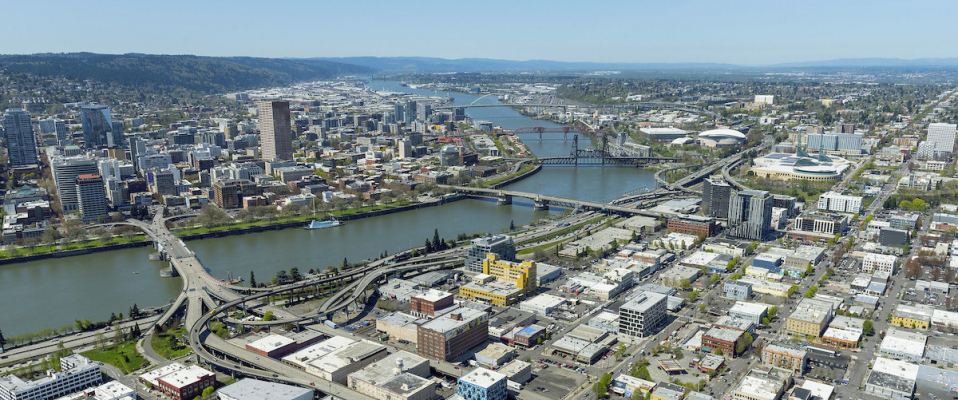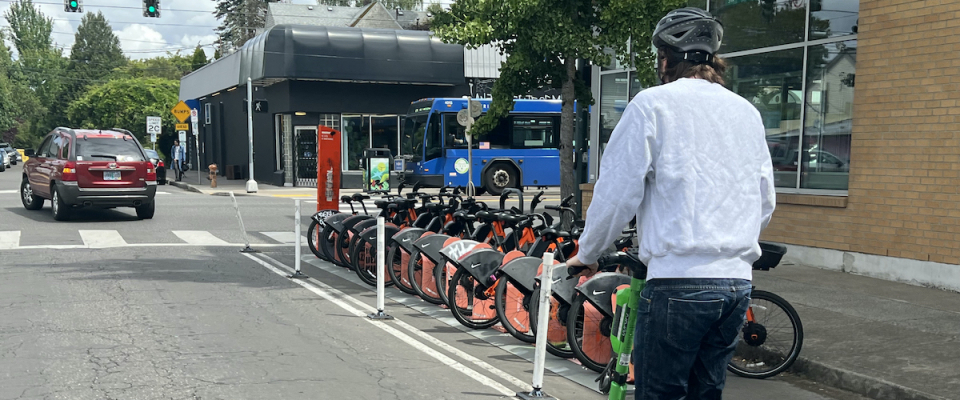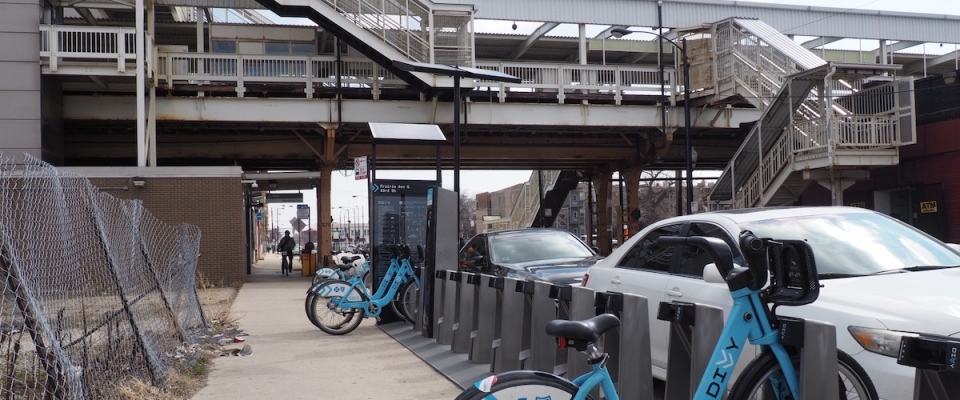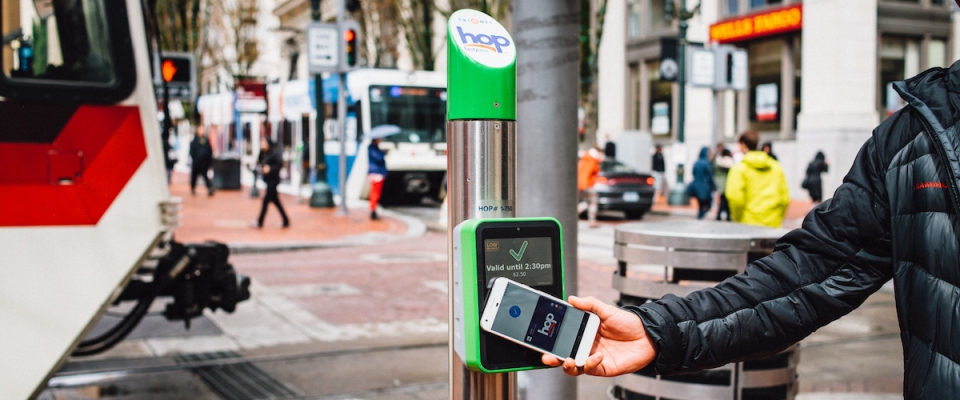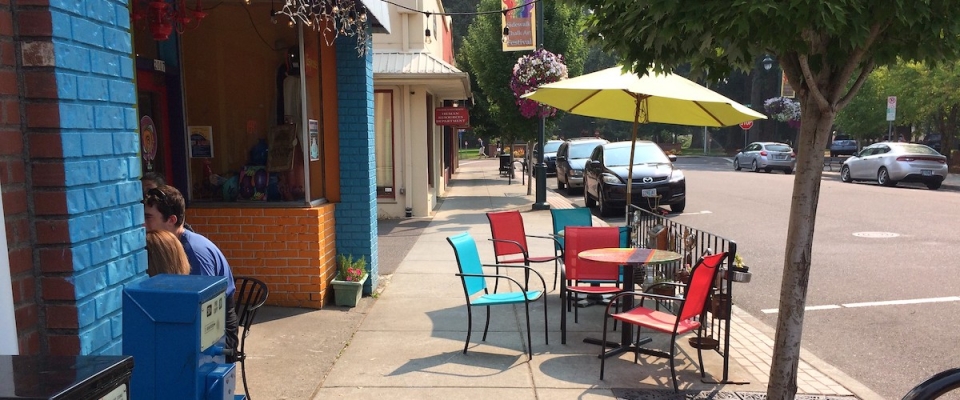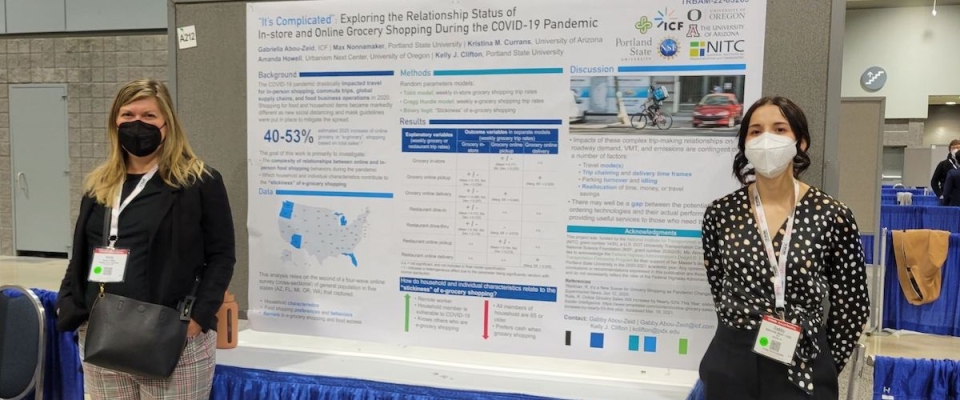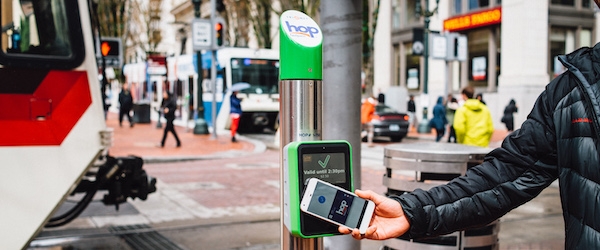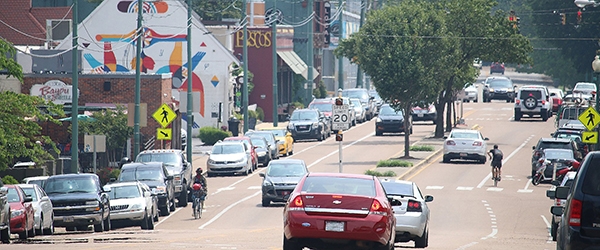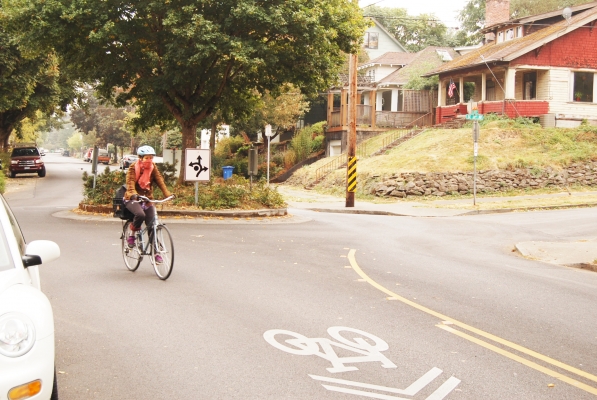Transportation decision-makers typically use benefit-cost analysis (BCA) to evaluate the tradeoffs of transportation projects. However, it is difficult to produce state-specific measures that are multimodal and can consistently evaluate the full range of public and private benefits and costs for Oregonians.
Supported by a $200,000 grant from the Oregon Department of Transportation (ODOT), Jenny Liu of Portland State University will lead a research effort to develop an Oregon-specific, multimodal framework for transportation benefit-cost analysis.
Having a framework specifically tailored to Oregon can help ODOT make informed decisions on infrastructure, policies and support programs based on information about the economic and societal impacts of each transportation mode.
Launched in May 2024, the project, "Mode-Based Benefit-Cost Analysis Calculator" aims to create an easy-to-update Oregon BCA framework to compare transportation benefits and costs for better policy, program, and investment assessments. The research will also develop a methodology that incorporates equity and distributional assessments into the multimodal BCA framework. This will contribute to ODOT’s Strategic...
Read more
